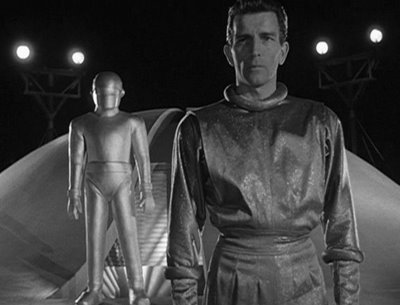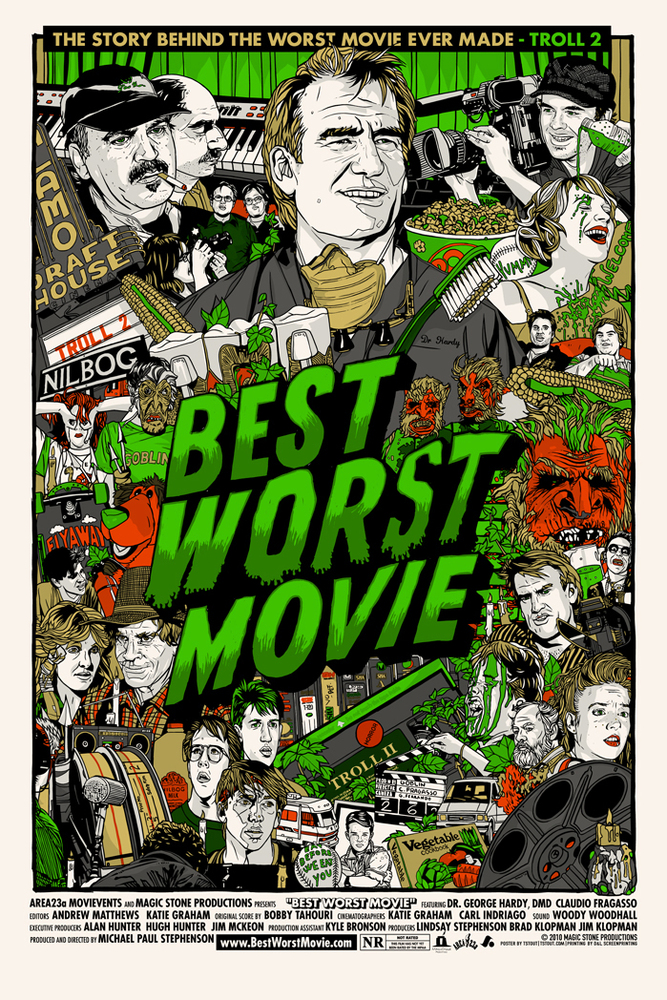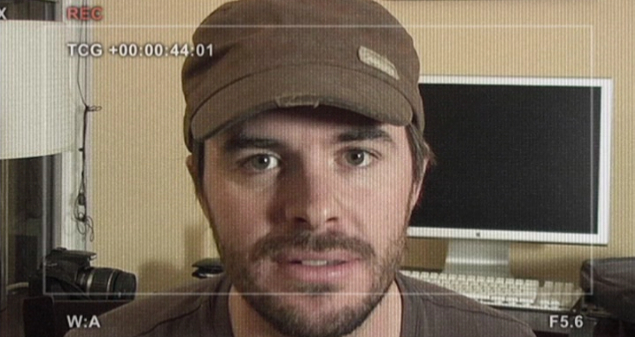District 9 (2009) is the feature film debut of director Neill Blomkamp. Two decades ago an alien craft settled above the South African city of Johannesburg. The Aliens aboard the craft, seemingly stranded, settled in an area under the ship known as District 9. District 9 has now become a poverty stricken slum.
District 9 has a similar premise to The Day the Earth Stood Still (1951) with an alien craft arriving in the middle of a built up area. It could be said that District 9 is a modernised version of this premise. However District 9 dose differ drastically, the aliens are not on earth to bring a message of piece, they are simply stranded.
Another similarity with The Day the Earth Stood Still is the films focus on the way the aliens are treated by humanity. The Day the Earth Stood Still uses aliens to express a fear of atomic warfare. District 9 uses its aliens to express fears of racism and any form of segregation. This can be observed in the films illusions to the plight of black South Africans during the apartheid.
However the film is not simply an out-dated critic of the apartheid, "it’s about the legacy of that hateful regime, how its insidious influence has produced a country where the previously disenfranchised black citizenry are beginning to turn on an even more deprived social group: immigrants" (Lane 2009).
Fig 2: Genuine Apartheid South Africa Racist Sign
Fig 3: Poster used to promote District 9
The film is extremely satirical in its approach, particularly at the beginning. However it transitions seamlessly into its more serious moments “the film's tone moves easily from the comic to the cruel” (Landesman, 2009). The unapologetic politically satirical tone of the film is reminiscent of Sci-Fi cinema of the 70’s & 80’s “Perhaps we're witnessing a new dawn for politically engaged sci-fi and horror” (Huddlestone 2009).
The visual style of the film draws from a number sources to create something unique. The film is partially cinema verite, part mock documentary, and there are also some more traditional sequences particularly the ending. The interview segments of the film are reminiscent of the TV series The Office (2001-2003). Despite a relatively low budget, the special effects prove that CGI can be as effective as practical effects. The CG aliens seemed to have been created with as much care and attention as the practical sets they inhabit.

Fig 4: Prawn Creature
District 9 is a very original, entertaining and politically engaged sci-fi film.
The visual style of the film draws from a number sources to create something unique. The film is partially cinema verite, part mock documentary, and there are also some more traditional sequences particularly the ending. The interview segments of the film are reminiscent of the TV series The Office (2001-2003). Despite a relatively low budget, the special effects prove that CGI can be as effective as practical effects. The CG aliens seemed to have been created with as much care and attention as the practical sets they inhabit.

Fig 4: Prawn Creature
District 9 is a very original, entertaining and politically engaged sci-fi film.
Bibliography
Cosmo Landesman, Times [UK], District 9 Movie Review, September 7 2009, Available at: http://www.timeout.com/film/reviews/87388/district-9.html
Anthony Lane, New Yorker, District 9 Movie Review, September 7 2009, Available at: http://www.newyorker.com/arts/critics/cinema/2009/09/14/090914crci_cinema_lane
Tom Huddlestone, Time Out, District 9 Movie Review, September 4 2009, Available at: http://www.timeout.com/film/reviews/87388/district-9.html











































 Fig 2, Gilliam on the set of The Man who Killed Don Quixote
Fig 2, Gilliam on the set of The Man who Killed Don Quixote



